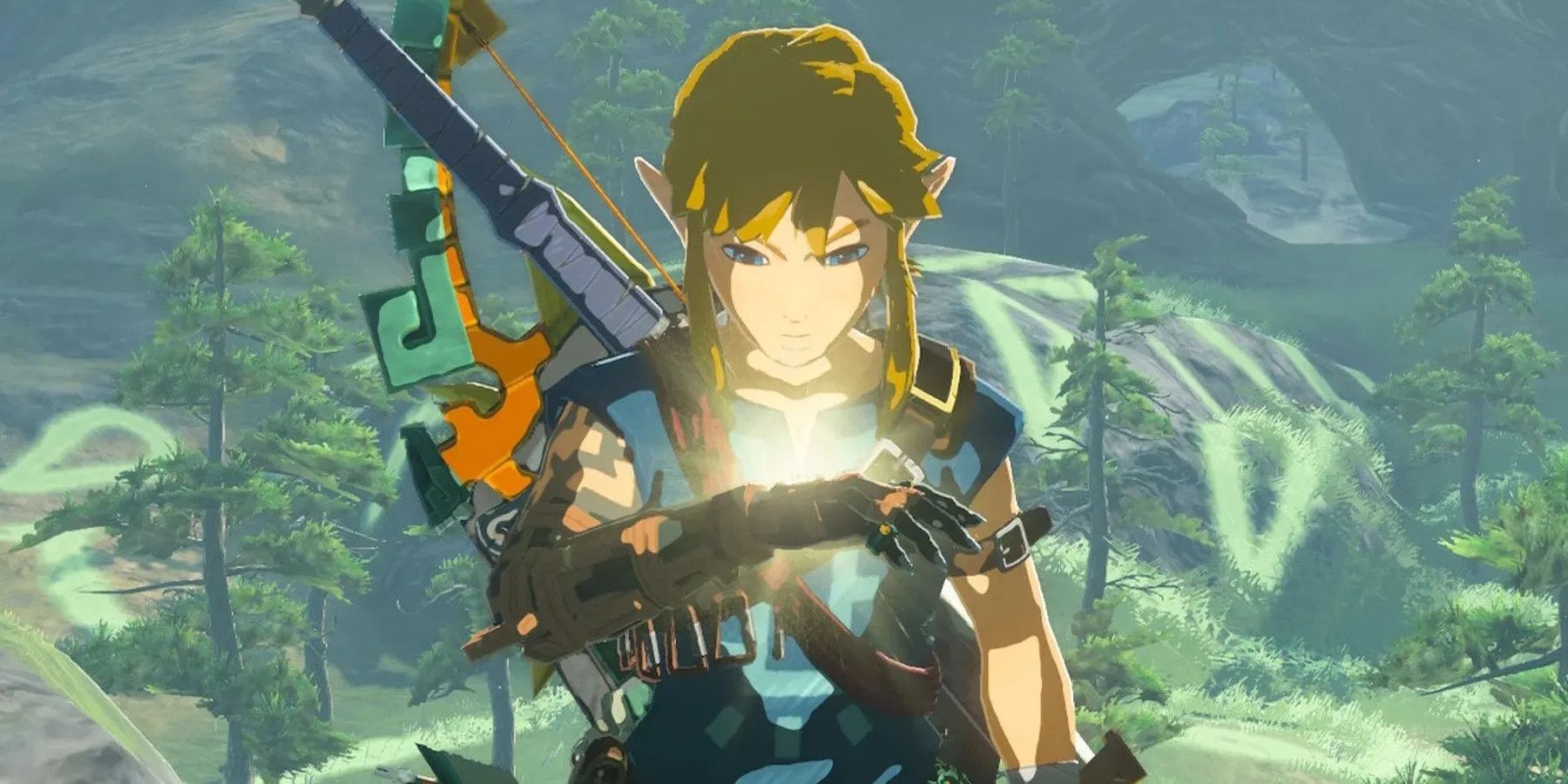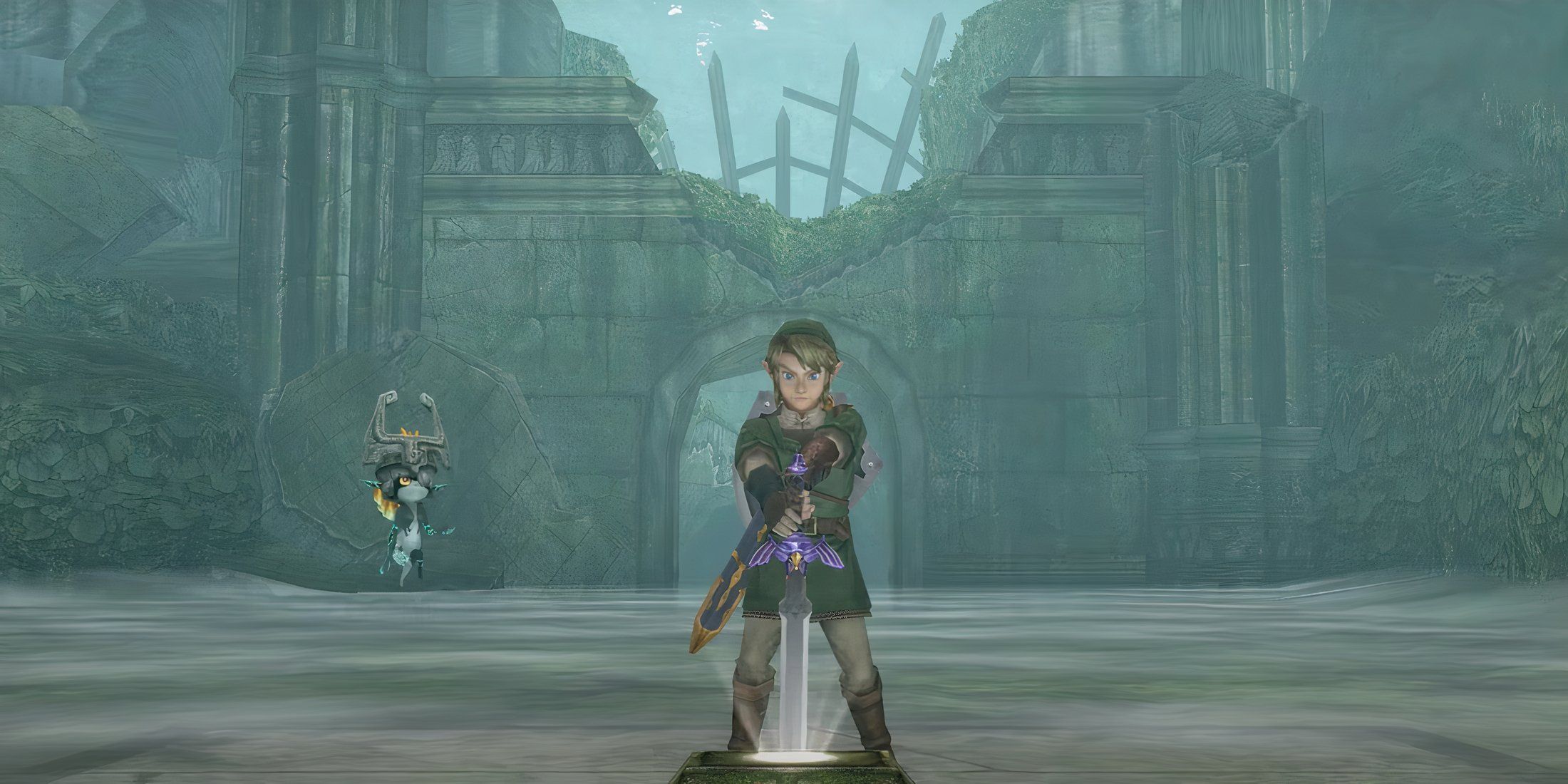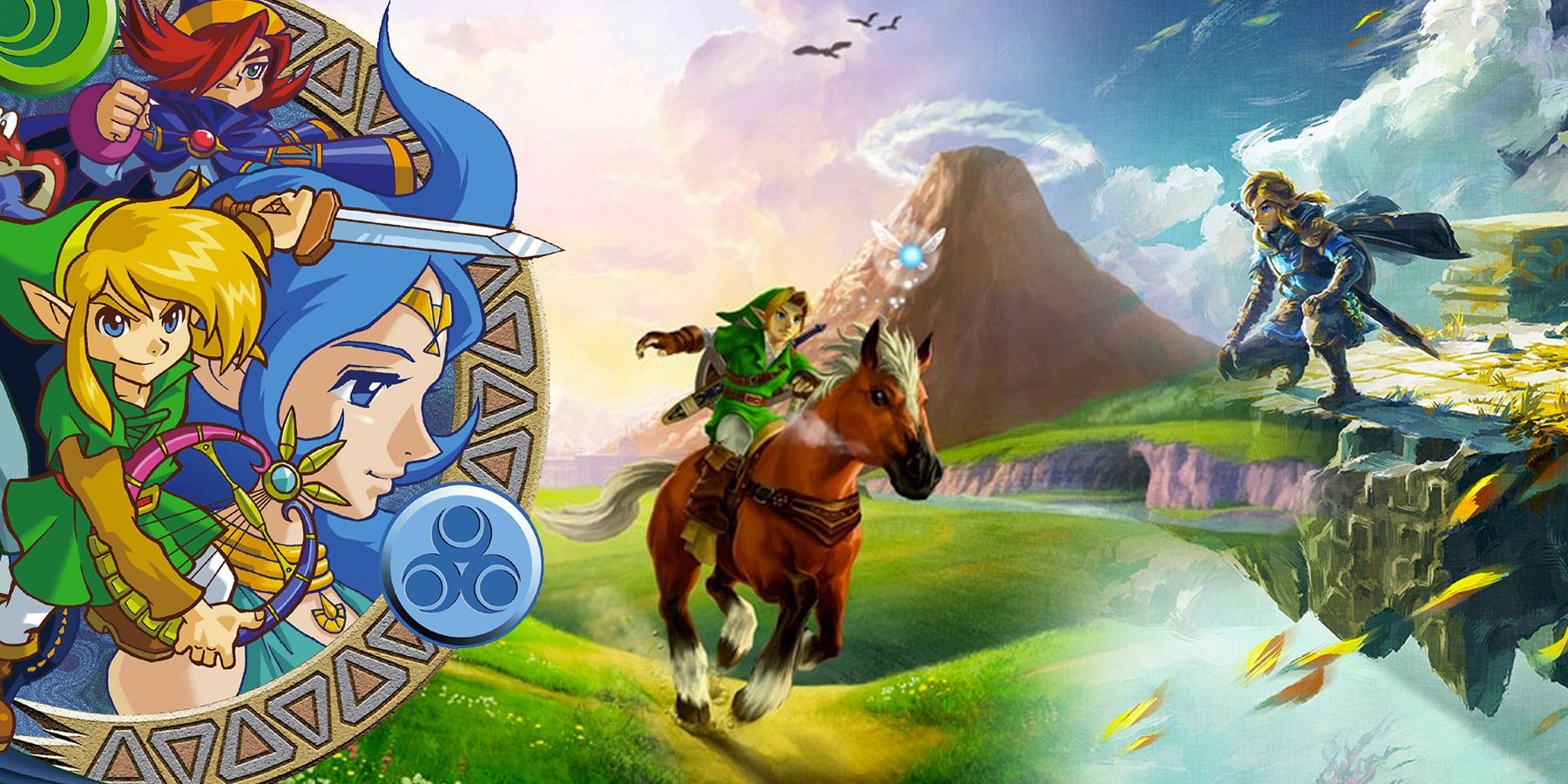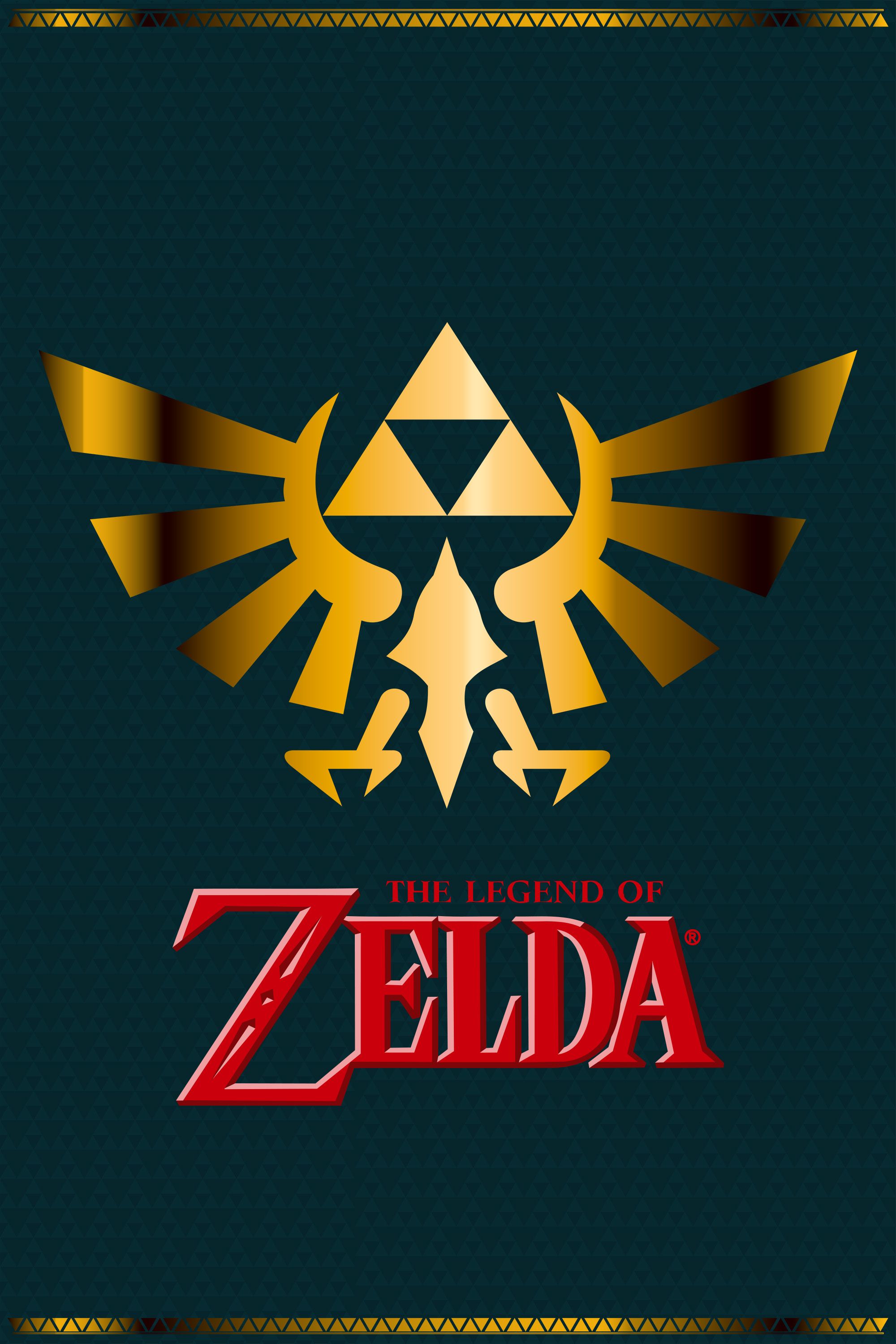Highlights
- The Legend of Zelda series constantly innovates gameplay structures across entries, unlike many modern franchises.
- However, Time travel has remained a prominent feature in multiple Zelda games, including Ocarina of Time, Majora's Mask, and Oracle of Ages.
- Tears of the Kingdom introduces a heart-wrenching take on time travel, with Zelda transforming into an immortal dragon to protect Hyrule.
Widely regarded as one of the most influential and innovative video game franchises of all time, The Legend of Zelda has seen more than its fair share of gameplay gimmicks over the years. Unlike modern franchises like Assassin's Creed or Far Cry, The Legend of Zelda has rarely rested on its laurels, instead deciding to drastically change and innovate its gameplay structure between entries.
Even in games like Zelda: Breath of the Wild and Tears of the Kingdom, where both use the same map layout and the same general mechanics and systems, the sequel brings a wealth of new mechanics, many of which are additive as well as truly innovative and groundbreaking, not just for the Legend of Zelda series, but for the adventure genre as a whole. Intriguingly, there's one feature that's stayed prominent in a surprising number of Zelda entries, and that's time travel.

Why Now is the Perfect Time for Something New in the Zelda Franchise
For as great as Breath of the Wild and Tears of the Kingdom are, it's time for the Legend of Zelda series to take a new approach.
Every Legend of Zelda Game That Features Time Travel
The Legend of Zelda: Ocarina of Time
Not content with just being the first 3D Zelda game, The Legend of Zelda: Ocarina of Time went above and beyond in many areas, including its titular gimmick. First encountered a few hours into the story, Zelda: Ocarina of Time's time travel comes into play after players find the three Spiritual Stones and discover the Temple of Time. Here, they're told that they can defeat Ganondorf by taking the Master Sword, though Link is currently too young to wield it. Rauru, the Sage of Light, seals Link away in the Sacred Realm for seven years.
Now an adult, Link awakens and takes the Master Sword, ready to head out and defeat Ganondorf and save the world. After completing the Forest Temple, players unlock the ability to freely travel through time by using the Pedestal of Time, though they can only travel between two specific points, the present day where Link is an adult, and the past where he's a child.
The Legend of Zelda: Majora's Mask
While The Legend of Zelda: Ocarina of Time's titular gimmick plays a large role in the story and gameplay, it became the central focus of The Legend of Zelda: Majora's Mask. A sequel of sorts, Majora's Mask's entire story revolves around an impending disaster, and Link's attempt to stop it by using his time travel powers. By playing the Song of Time, players can travel back to the start of the game, giving them unlimited attempts to try and stop the moon from crashing into the planet.
The Legend of Zelda: Oracle of Ages
One of the last major games to release on the Game Boy Color, The Legend of Zelda: Oracle of Ages is widely considered to be one of the most underrated entries in the franchise, and a time travel gimmick is central to its story and gameplay. After being given Harp of Ages from the titular Oracle, Link is able to open up portals across the world that allow him to travel 400 years into the past. Towards the end of the game, players unlock the Tune of Ages ability, which lets them travel freely between the two time periods without portals.
The Legend of Zelda: Twilight Princess
Unlike its predecessors mentioned here, The Legend of Zelda: Twilight Princess' time travel mechanics aren't too pivotal in the entry's plot or gameplay. Instead, Twilight Princess' time travel occurs for one fairly brief section of gameplay. In his hunt to find the scattered fragments of the Mirror of Twilight, Link stumbles upon a portal that takes him to the ancient Temple of Time, which merely acts as a dungeon, throwing Link back into the present after its completion.
The Legend of Zelda: Skyward Sword
While it definitely dabbles in time travel more than its predecessor, The Legend of Zelda: Skyward Sword's main gameplay doesn't often revolve around time travel as much as the series' earlier entries. The vast majority of the game's time travel occurs in the Lanayru Mine and Lanayru Desert areas, where the player can hit Timeshift Stones that affect the immediate area, and revert objects and scenery to how they appeared in the past. There are also several Gates of Time in Skyward Sword, which see Link, Zelda, and the villain Ghirahim travel through time to affect the past, present, and future.
The Legend of Zelda: Tears of the Kingdom
Possibly the most heart-wrenching version of time travel the franchise has seen so far, The Legend of Zelda: Tears of the Kingdom sees the titular princess accidentally send herself 10,000 years into the past, where she meets the founding members of Hyrule. In an attempt to stop Ganon, Zelda transforms herself into an immortal dragon, losing herself in the process, but protecting Hyrule. In the present day, Link finds Zelda as a dragon, taking the Master Sword lodged in its head that Zelda had been repairing for thousands of years.




